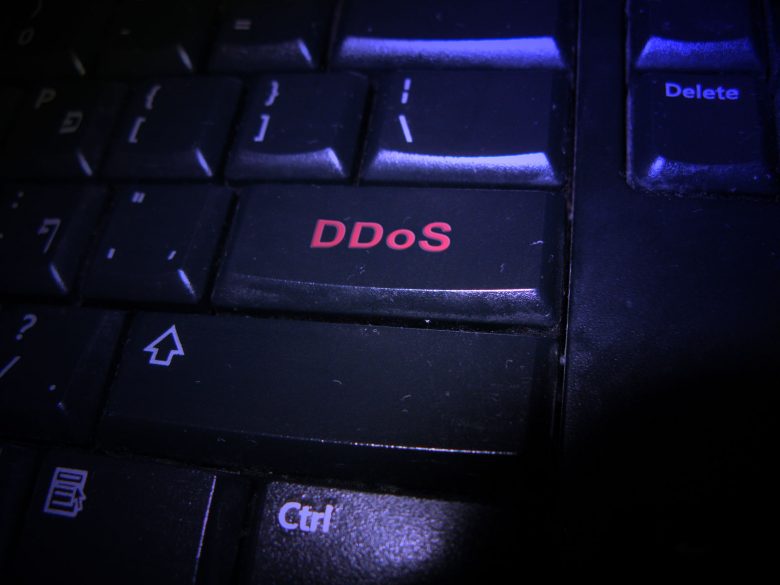Evidence based cybersecurity is an approach aiming to support security professionals’ and policy makers’ decision-making processes regarding the deployment of security policies and tools, by calling for rigorous scientific investigations of the effectiveness of these policies and tools in achieving their goals in the wild. This approach focuses on the human players who use cyberspace …
In recent years, crypto-ransomware attacks have been on the rise. This form of malware scrambles valuable data with virtually unbreakable encryption and does not release it until a ransom is paid. This is a significant shift from early variants of ransomware and it has increased the impact of ransomware and the overall seriousness of the …
Researchers, journalists and politicians are concerned about the effects of online disinformation. Fake news and online disinformation were especially higlihted during the American 2016 election. Some commentators have even sug-gested that online disinformation played a deciding role in that election. A survey of Candian social media users reported that 41% of respondents have found links …
DoS (Denial of service) is an attack in which the perpetrator generates a large amount of traffic to overwhelm end-users or web service and prevent some or all legitimate requests from being fulfilled. Booter’ or ‘stresser’ services provide DoS attacks as-a-service. Booter operators can advertise their service and individuals can set up accounts and order …
Internet-connected toys (IoToys) offer children opportunities to play and learn, and also educational support thanks to their interactive and personalized features. IoToys, like any other Internet of Things (IoT) devices, contain embedded electronics and computing elements, such as microphones, cameras, sensors of various kinds, which enable them to interact with users and adapt to their …
Nowadays, cybersecurity is as essential as it is ubiquitous. End-users have to be willing and able participants in the protection of their information. In order to ensure user compliance with data protection, the mechanisms put in place must be easy to use and, thus, it is essential to keep the user in mind when conceiving …
According to a report from the Office of the Privacy Commissioner of Canada, in 2018, 92% of Canadians expressed some levels of concern regarding the protection of their privacy. However, some individuals frequently exhibit behaviour which places their data at risk. This disparity between claimed concern and practical action is called the Privacy Paradox. The …
The online advertising market is becoming bigger and bigger. Users access content provided for free by publishers who monetize their audience through advertisement. Companies thus buy online exposure to promote their products, and in order to maximize advertisement efficiency, they tailor their ads to users regarding their interests. Advertisers use techniques such as cookies, local …
While dealing with interconnected and global risks, the cyber-insurance market is rapidly growing. This market is a creature of privacy and data security regulations, and mandatory breach notifications have shaped its business model. Market stakeholders suggest that cyber-insurance provides incentives and resources to insured organizations for improving cybersecurity. This presentation seeks to empirically test this …
By Traian Toma, Université de Montréal and Fiona Westin, Carleton University According to Statistics Canada [1], 92% of today’s Canadian enterprises use digital technology to do business. With pervasive adoption of digital technology comes increased concern over its risks and threats. Virtually every business employs some form of cybersecurity measure to protect itself [1]. However, while …










